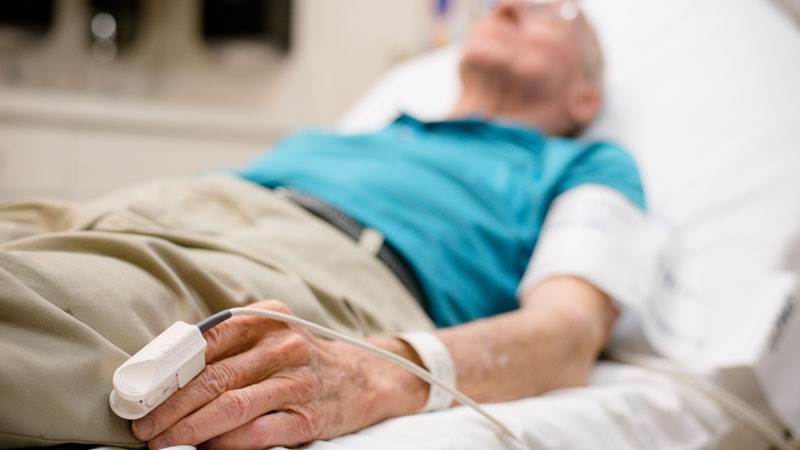Many infant formula preparation devices do not produce water hot enough to kill harmful bacteria, according to a study by Swansea University scientists.
Powdered infant formula (PIF) is reconstituted into liquid form by adding water. PIF cannot be made sterile and may contain bacteria, including Salmonella and Cronobacter.
The National Health Service (NHS) follows the World Health Organization (WHO) advice that water used to make infant formula should be boiled and cooled so that it is at a temperature of at least 70 degrees C (158 degrees F) to eliminate bacteria.
Previous research found that almost three-quarters of infants in the UK are fed infant formula in their first six weeks, which rises to 88 percent by six months.
Problems with formula preparation devices
According to the study published in the journal Maternal and Child Nutrition, 200 UK-based parents of infants aged below 12 months were recruited, and 143 were included in the analysis of water temperatures used to make PIF.
Only 11 of 74 PIF preparation machines produced a water temperature above 70 degrees C (158 degrees F) compared with 54 of 69 kettle users. The mean water temperature dispensed by PIF preparation machines was 9 degrees C (48.2 degrees F) lower than kettles.
Dr. Aimee Grant, senior lecturer in public health, who led the study, said: “I was concerned to find that of the 74 infant formula preparation machines tested by parents, 85 percent appeared to fail to reach a temperature of at least 70 degrees C, which the NHS say is needed to kill all bacteria that can live in powdered infant formula.
“If any parents are worried, I’d advise them to buy a food thermometer and test the temperature of just the hot water that comes out of their machine (but not to use this tested water in a feed due to potential contamination); if it’s below 70 degrees C, do not use the machine to prepare infant formula and contact the machine manufacturer.”
Scientists said data provides evidence from PIF preparation machines, which shows the potential for a direct impact on the incidence of foodborne illness.
Low awareness of the risks
Those preparing PIF must try to minimize contamination of baby feeding equipment by washing hands, disinfecting preparation surfaces, and sterilizing all feeding equipment.
Many parents did not always follow NHS PIF preparation guidance and did not understand the potential risks of bacterial contamination. Some reported risky overnight preparation practices.
Over 30 parents washed their hands half the time or less often before touching baby feeding equipment or powdered formula. Reasons for this included rushing, forgetting, or trying to comfort an upset baby.
Eight reported they “never” cleaned and disinfected surfaces before formula preparation. The scoop was not always routinely washed or sterilized. The challenges of following NHS advice in a real-world setting were often mentioned by parents.
Professor Robin May, chief scientific advisor at the FSA, said results show the importance of checking that water used to prepare formula is at the correct temperature, regardless of the method used.
“In light of these findings, we recommend that consumers check the water dispensed by infant formula preparation machines is at least 70 degrees C and, if that is not the case, they should contact the manufacturer, their local trading standards department, or Citizens Advice. The FSA is working closely with other partners, including the Office for Product Safety and Standards, to determine whether further actions are required.”
Researchers said infant formula labeling should say the product is not sterile, advise that water used in preparation should be above 70 degrees C (158 degrees F), and highlight the risks of not using sufficiently hot water and the importance of handwashing.
They added that bacterial infections in infants, particularly those resulting in hospitalization, should be mapped to batches of infant formula and associated preparation equipment to provide information that could help improve formula feeding practices’ safety.
(To sign up for a free subscription to Food Safety News, click here.)
Note: This article have been indexed to our site. We do not claim legitimacy, ownership or copyright of any of the content above. To see the article at original source Click Here













